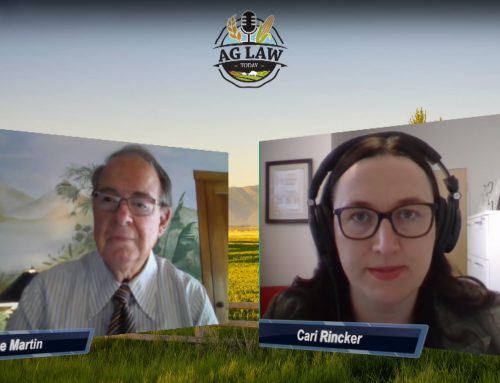We’ve all heard the bad news about declining bee populations and the dire predictions that accompany the loss of Nature’s #1 pollinator. In short, plants need pollinators like bees, butterflies, moths and birds to reproduce, so the absence of pollinators means that plants can’t produce the fruits, vegetables and seeds we humans need to eat.
It’s not exactly clear why bees and other pollinators seem to be going downhill. You’ll find explanations that span the gamut, from those backed by science to those akin to conspiracy theories cooked up by fear mongers. Scientists believe it’s likely a combination of many different factors.
Hopefully, you’ve also heard of efforts your state or local community is undertaking to help pollinators like bees. They may be urging you and your fellow citizens to plant wildflowers, to reduce the overuse of certain pesticides or to add shelters for those creatures responsible for the lion’s share of pollination.
Additionally, you’ll also want to see a cooperative effort between those in the Ag Industry and those in the Beekeeper Industry, because such programs really work. Florida is a prime example. The Florida Department of Agriculture and Consumer Services released a report recently that showed that Florida’s managed bee colonies have increased by almost 150 percent in the last eight years. The FDACS maintained that a partnership between Florida’s beekeepers and the Sunshine State’s citrus groves—orchestrated in part by Florida Commissioner of Agriculture Adam Putnam two years ago—has been so successful that it has been incorporated into the White House’s recently released ‘National Strategy to Promote the Health of Honey Bee and Other Pollinators.’ Hopefully, the outlook for bees and other pollinators will continue to be positive in both Florida and the rest of the country.



